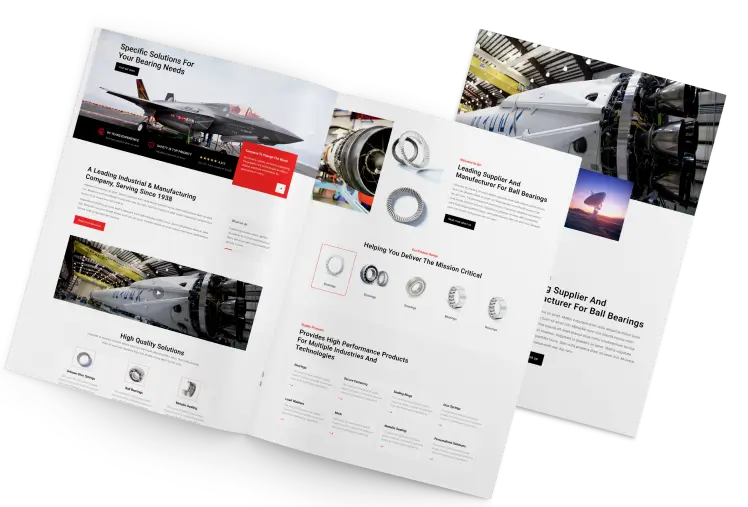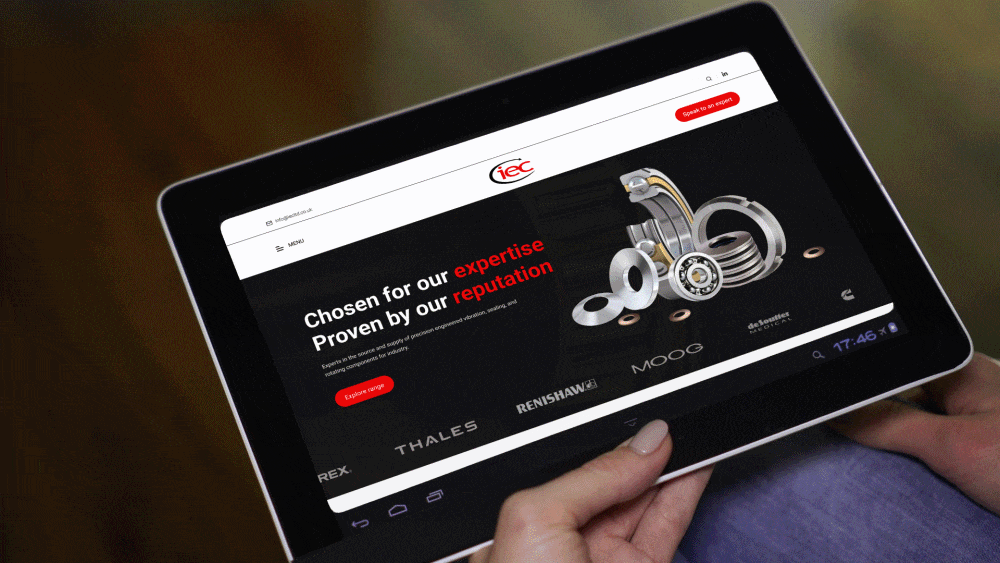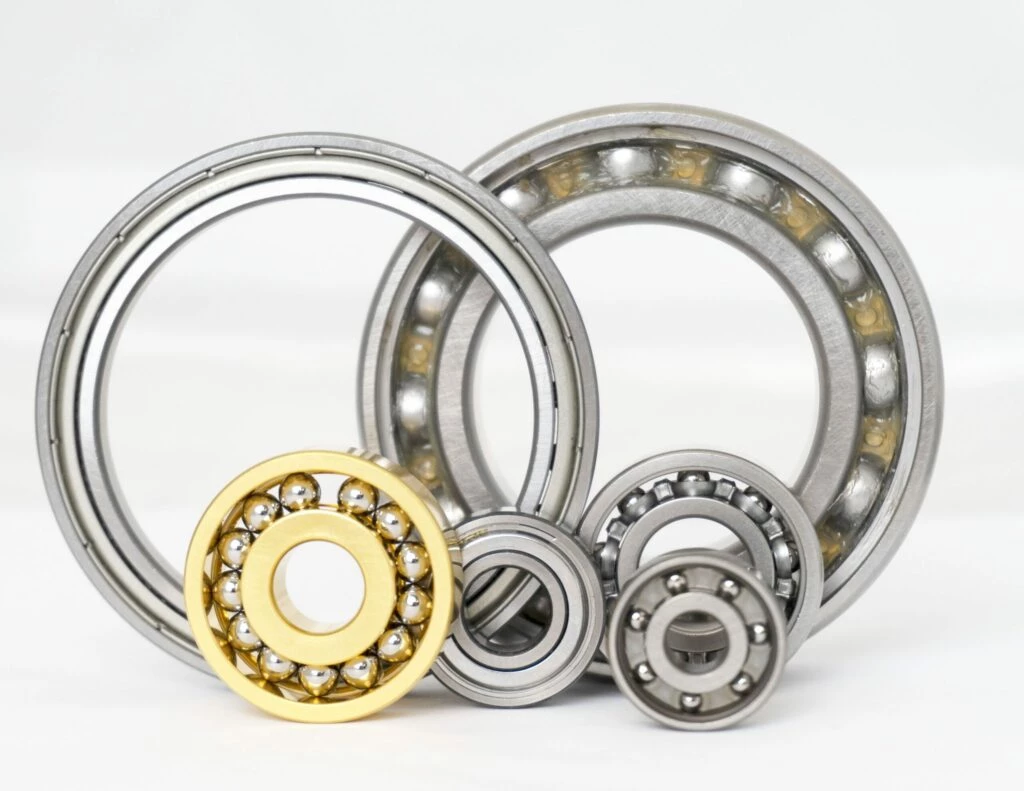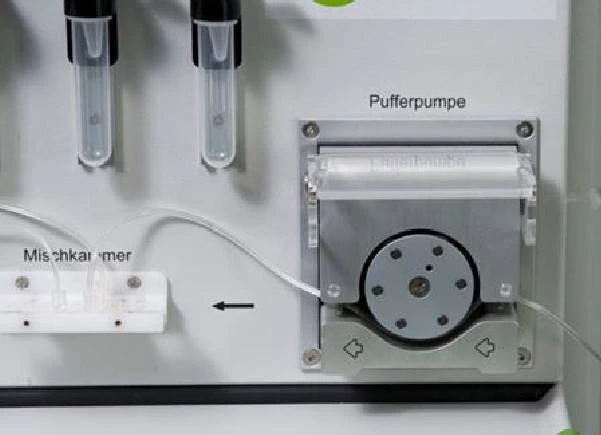













IEC is a leading UK ball bearing supplier and distributor, providing high-performance bearings for industrial and precision applications. Our solutions reduce friction, enhance accuracy, and improve efficiency across sectors including automotive, aerospace, off-highway machinery, electric motors, and medical devices.
Engineered for high speeds, long service life, and optimal load capacity, our metal ball bearings support reliable performance in the most demanding environments. Since 1938, IEC has delivered trusted expertise and dependable quality to customers across the UK.

IEC delivers ball bearings that balance performance, durability, and cost-effectiveness. Drawing on more than 80 years of experience, we maintain strict quality standards, ensuring consistent reliability and trusted results. They are used in almost every industry, including automotive components, aerospace and defence, off-highway machinery, electric motors and medical components.
We offer guidance on selection, maintenance, and troubleshooting, helping you maximise performance and reduce downtime. With continuous innovation and a deep understanding of industry demands, IEC meets both technical and commercial requirements – every time.




Keep up to date with the latest product and technical information from IEC and its international supply partners.
A complete range of bearings and configurations designed to carry load, reduce friction and support rotating and oscillating systems in any application.
IEC supplies a wide range of ball bearings, including radial deep groove, spindle/angular contact, duplex, thrust, self-aligning, ceramic, miniature and axial ball bearings. Whether you need standard options or custom-built solutions, we have you covered. Contact us to discuss your requirements.
Absolutely. We specialise in customised ball bearing solutions to meet your specific needs. From unique dimensions to specialist coatings and materials, our team can help you design the perfect bearing for your application.
Many of our ball bearings are available for immediate dispatch. For custom orders, we work efficiently to meet your timeline. Contact us for specific delivery details.
With over 80 years of experience, IEC is one of the UK’s leading ball bearing suppliers and distributors. We offer high-quality products, expert guidance, and cost-effective solutions for every industry.
Yes, we offer expert advice on maintaining and troubleshooting your ball bearings to ensure maximum performance and longevity. Contact us for guidance.

We act as partners, making our customers’ engineering challenges ours to solve, removing stress and freeing up time to turn ideas in to innovation.



IEC have a range of mechanical solutions to suit a broad spectrum of markets and applications, from aerospace to skateboards.
IEC have a range of mechanical solutions to suit a broad spectrum of markets and applications, from aerospace to skateboards.
Fey Laminar Seal Rings
Fuji Bearing Lock Nuts
Schnorr Load Washers











Fill out the form below, and our team will be in touch within 24 hours.